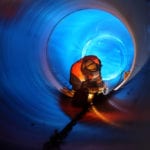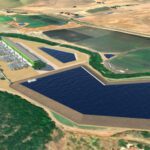Despite technical and financial hurdles, annual global demand for grid-scale energy storage is expected to soar to 185.4 GWh by 2017, which means a possible 231% average year-on-year demand growth between 2012 and 2015, according to Lux Research. A report recently released by the research firm projects that Japan, China, the UK, Germany, and the state of Arizona will lead the world in grid storage, accounting for about 58% of global demand in 2017.
By 2017, who uses energy storage will also vary, the firm forecasts, projecting that ancillary services and renewable energy integration will only account for 1.4% of global demand while renewable energy time shifting will take up a 54% share. Among technologies that will lead the surge in demand for energy storage are vanadium redox batteries, followed by sodium-sulfur, sodium-nickel chloride, and zinc-bromine flow batteries. Lithium-ion batteries will take a smaller share, while flywheels will retain just 2% of the market in 2017, Lux predicts. (See “Beacon Power Makes a Comeback” on p. 53 for more on flywheel generation.)
The month of May alone saw several key developments for energy storage. The U.S. Senate reintroduced bipartisan legislation that would create an investment tax credit for energy storage technologies of all types, closely mirroring a bill recently introduced in the House. The Storage Technology for Renewable and Green Energy (STORAGE) Act was originally introduced in the 112th Congress in both chambers with bipartisan support. The measures follow legislation to provide Master Limited Partnership parity to extend a pass-through corporate structure and tax treatment to several renewables sectors as well as to energy storage.
Possible Compressed Air Energy Storage Sites. Also in May, the U.S. Department of Energy’s Pacific Northwest National Laboratory (PNNL) and federal power company the Bonneville Power Administration (BPA) said they identified two possible sites in eastern Washington state to build compressed air energy storage (CAES) facilities that could temporarily store the Northwest’s excess wind power. CAES plants use a large air compressor that is powered when electricity production is abundant, which pushes pressurized air into an underground geologic storage structure. Later, when power demand is high, the stored air is released back up to the surface, where it is heated and rushes through turbines to generate electricity. CAES plants can regenerate as much as 80% of the electricity they take in, according to PNNL.
Only two CAES plants exist in the world today, however—one in Alabama and one in Germany—and both use manmade salt caverns to store excess electricity. The PNNL-BPA study examined a different approach: using natural, porous rock reservoirs that are deep underground to store renewable energy. Analysis identified two particularly promising locations in eastern Washington. One, dubbed the Columbia Hills Site, is just north of Boardman, Ore., on the Washington side of the Columbia River and has a storage capacity of 231 MW. The second, called the Yakima Minerals Site, is about 10 miles north of Selah, Wash., in an area called the Yakima Canyon and has a storage capacity of about 150 MW.
The Columbia Hills Site could access a nearby natural gas pipeline, making it “a good fit for a conventional compressed air energy facility.” Such a conventional facility would burn a small amount of natural gas to heat compressed air that’s released from underground storage, PNNL said. The Yakima Minerals Site, however, has little easy access to natural gas. So the research team devised a hybrid facility that would extract geothermal heat from deep underground to power a chiller that would cool the facility’s air compressors, making them more efficient. Geothermal energy would also reheat the air as it returns to the surface (Figure 3).
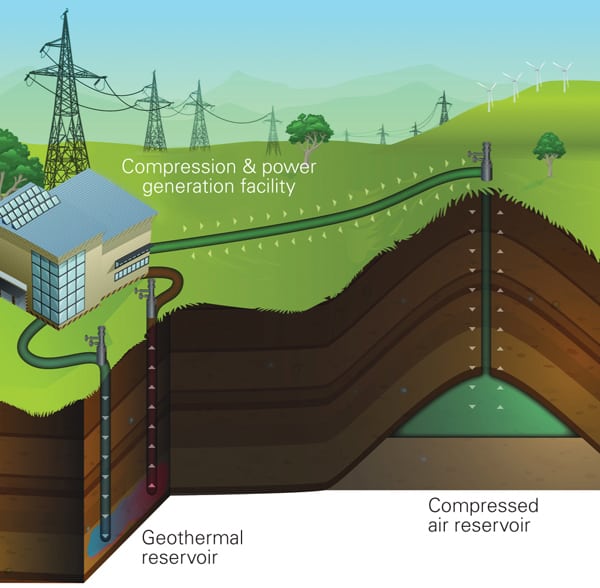 |
| 3. Hybrid geothermal compressed air storage. A site identified by the U.S. Department of Energy’s Pacific Northwest National Laboratory (PNNL) and federal power company the Bonneville Power Administration, called Yakima Minerals, is about 10 miles north of Selah, Wash. It could house a geothermal compressed air energy storage facility with a capacity to generate 83 MW and store 150 MW. Courtesy: PNNL |
BPA is now expected to use the performance and economic data from the study to perform an in-depth analysis of the net benefits CAES could bring to the Pacific Northwest. The results could be used by one or more regional utilities to develop a commercial CAES demonstration project.
Sodium-Sulfur Battery Pilot. In the U.S., also this May, the California Energy Commission and Pacific Gas and Electric Co. (PG&E) unveiled the Yerba Buena Battery Energy Storage System Pilot Project, a system in east San Jose, Calif., that charges a utility-scale sodium-sulfur battery (Figure 4) manufactured by NGK Insulators when demand is low and then sends reserved power to the grid when demand grows. “The system has the potential to provide important services for balancing energy supply and demand, [and] helping to support greater integration of intermittent renewable generation,” the commission said in a statement. The project has a 4-MW capacity that can store more than 6 hours of energy. PG&E is working with the Electric Power Research Institute to study how sodium-sulfur battery energy storage can improve power quality and reliability.
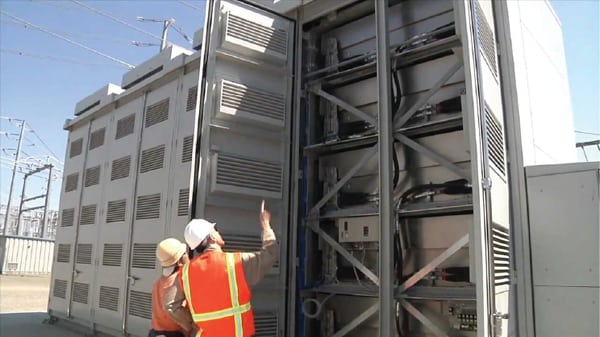 |
| 4. A pilot project. The California Energy Commission and Pacific Gas and Electric Co. (PG&E) unveiled the Yerba Buena Battery Energy Storage System Pilot Project, a system that charges a utility-scale sodium-sulfur battery, shown here. Courtesy: PG&E |
Undersea Pumped Storage. Norwegian research scientists announced they would attempt to realize a concept of storing electricity at the bottom of the sea using high water pressure. The idea entails use of an underwater pumped hydroelectric power plant. “Imagine opening a hatch in a submarine under water. The water will flow into the submarine with enormous force. It is precisely this energy potential we want to utilize,” explains Rainer Schramm, inventor and founder of the company Subhydro AS to Gemini.no. Schramm is collaborating with Scandinavian research firm SINTEF on the concept. “Many people have launched the idea of storing energy by exploiting the pressure at the seabed, but we are the first in the world to apply a specific patent-pending technology to make this possible,” he adds.
Schramm’s concept essentially converts mechanical energy using a reversible pump turbine, as in a normal pumped storage hydroelectric plant (Figure 5). “A pumped storage power plant is a hydroelectric plant which can be ‘charged’ up again by pumping the water back to the upper reservoir once it has passed through a turbine. This type of power plant is used as a ‘battery,’ when connected to the power grid,” the inventor explains. The plant’s turbine will be connected to a tank on the seabed at a depth of 400 to 800 meters. The turbine is fitted with a valve, which when opened, allows water to flow in and start turning the turbine. The turbine drives a generator to produce electricity. When the tanks are full, the water is removed by running the turbine in reverse, so that it functions as a pump.
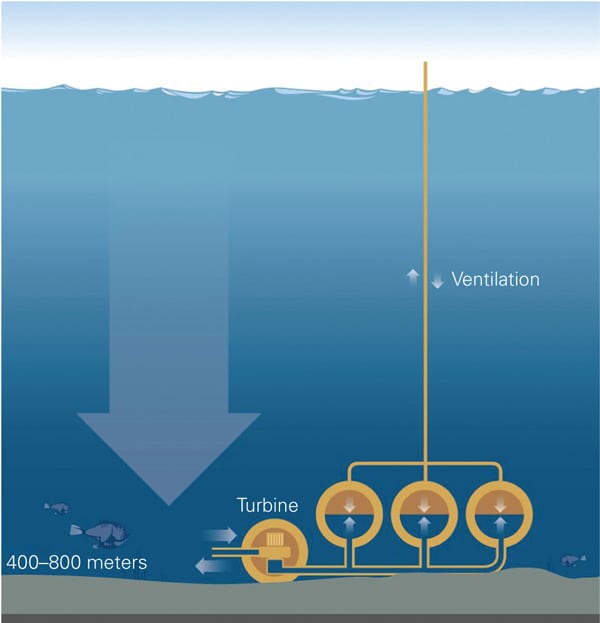 |
| 5. Storage under the sea. Norwegian researchers are working to realize a concept that stores power using an undersea pumped hydroelectric power plant. To use the water pressure on the sea bed, mechanical energy is converted by a reversible pump turbine, as in a normal pumped storage hydroelectric plant. Source: Knut Gangåssæter/Doghouse |
“One can connect as many tanks as one wishes. In other words, it is the number of water tanks that decides how long the plant can generate electricity, before the energy storage capacity is exhausted,” Schramm says, noting that calculations indicate an electric storage efficiency of about 80% round trip. A “normal-size” plant could produce about 300 MW for a period of 7 to 8 hours.
—Sonal Patel is POWER’s senior writer.







